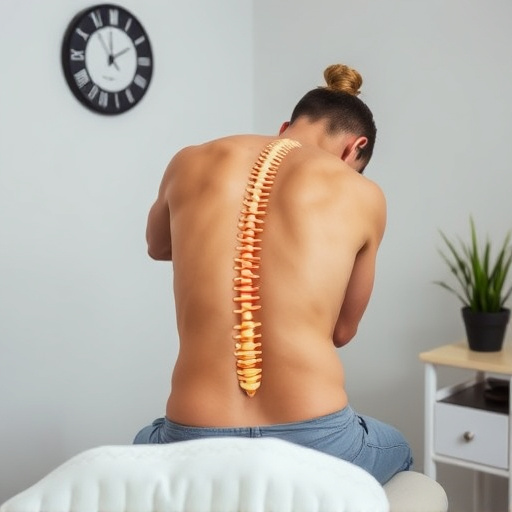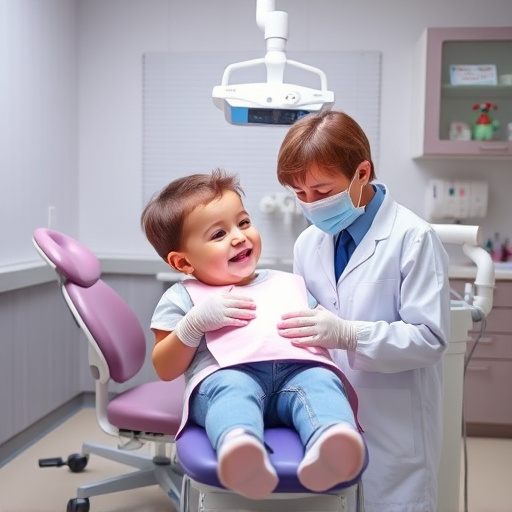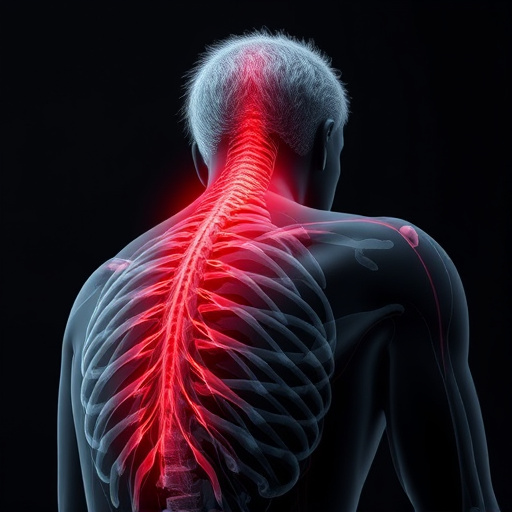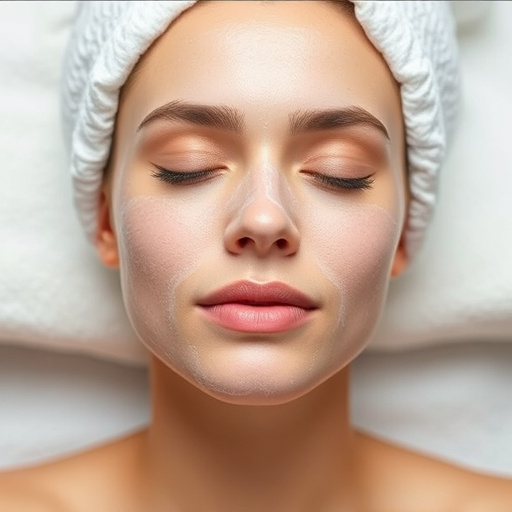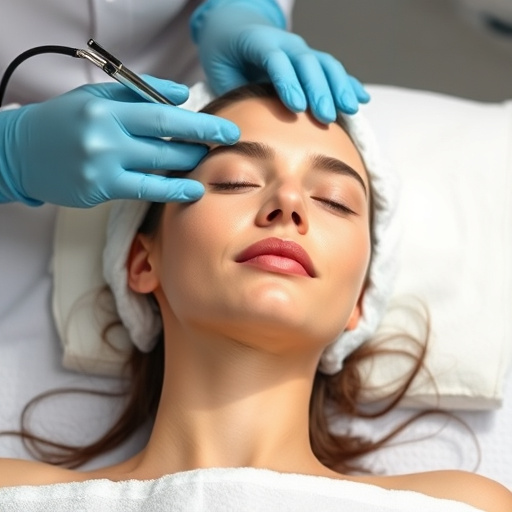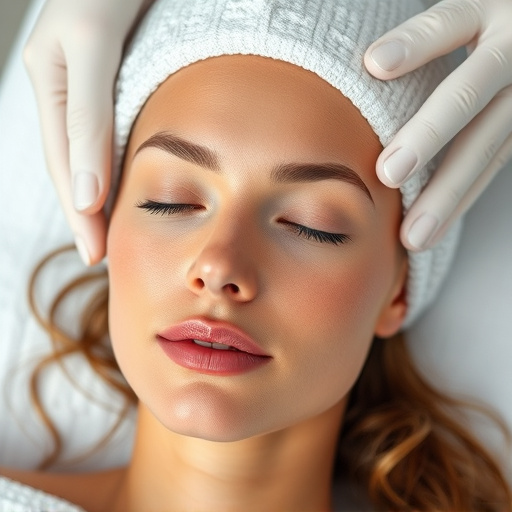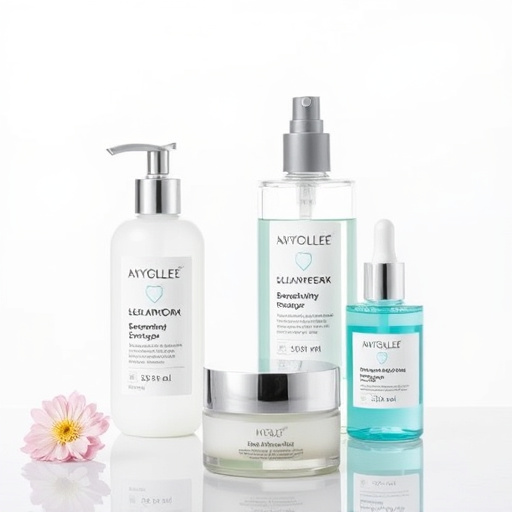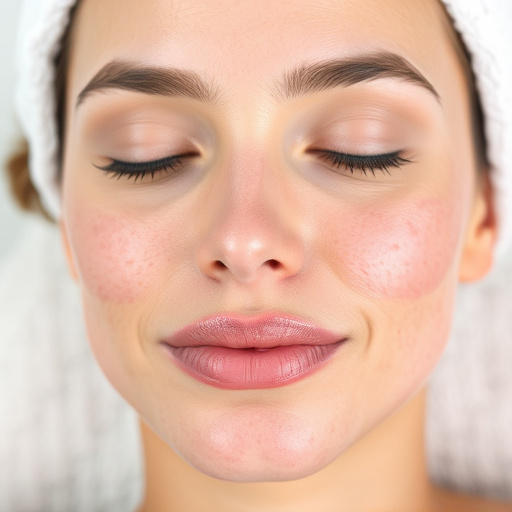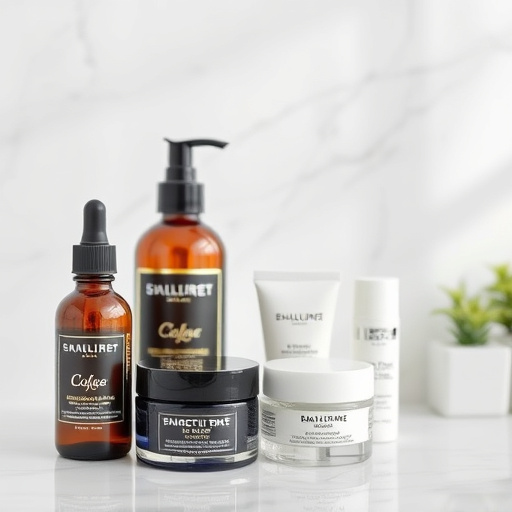Rosacea is a chronic skin condition characterized by redness, bumps, and broken capillaries, often on the face. Similar to acne but with distinct causes like genetic factors, environmental triggers, and blood vessel changes. Symptoms range from temporary redness to persistent bumps, exacerbated by heat, sunlight, certain foods, makeup, or stress. Broken capillaries, visible as tiny red lines, are a common characteristic across all skin tones. Recognizing symptoms is crucial for exploring rosacea treatment, anti-aging, and acne management strategies. Topical treatments, professional services like IPL and chemical peels, and personalized skincare routines with lifestyle adjustments offer effective relief for immediate and long-lasting improvements in skin health and appearance.
Rosacea is a chronic skin condition characterized by redness, bumps, and broken capillaries, often affecting the face. While there’s no cure, effective rosacea treatment can significantly reduce symptoms. This article explores comprehensive strategies for managing rosacea, including understanding its causes and symptoms, topical treatments targeting bumps and damaged capillaries, lifestyle changes, and additional therapies. Discover how to take control of your skin health with these proven rosacea treatment approaches.
- Understanding Rosacea: Causes and Symptoms
- Topical Treatments for Bumps and Broken Capillaries
- Lifestyle Changes and Additional Therapies to Combat Rosacea
Understanding Rosacea: Causes and Symptoms
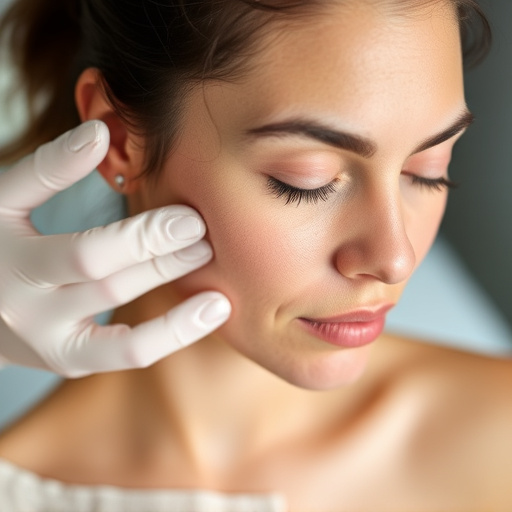
Rosacea is a chronic skin condition characterized by redness, small bumps, and broken capillaries, primarily on the face. It’s important to understand that while it may appear similar to acne, rosacea is distinct and often involves a combination of factors. The exact cause of rosacea is not fully understood, but it’s believed to involve genetic predisposition, environmental triggers, and changes in blood vessels. Symptoms can vary from person to person, appearing as temporary redness or small, raised bumps that come and go. Over time, these symptoms can become more persistent, leading many to seek effective rosacea treatment.
Those affected may notice flare-ups triggered by various factors like heat, sunlight, certain foods, makeup, or stress. The appearance of broken capillaries, often visible as tiny red lines just beneath the skin’s surface, is a common characteristic. While it was once thought that rosacea only affected fair-skinned individuals, it can actually occur in people of all skin tones. Recognizing these symptoms is crucial as they guide the exploration of suitable anti-aging treatments and acne treatments, as well as management strategies to prevent further discomfort and damage.
Topical Treatments for Bumps and Broken Capillaries
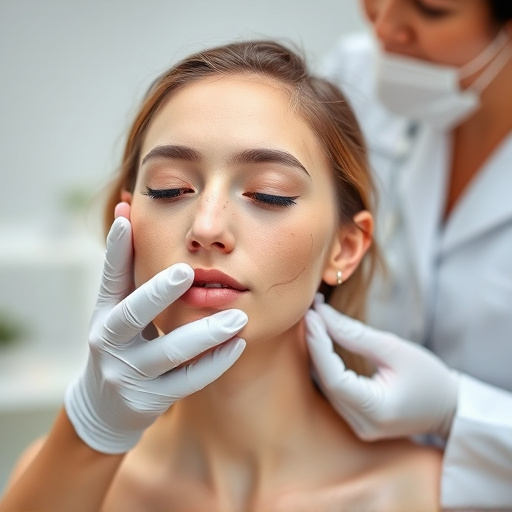
Many people living with rosacea often seek effective rosacea treatment solutions to combat the visible signs of this skin condition, including bumpy textures and broken capillaries. Topical treatments play a significant role in achieving smoother, healthier-looking skin. Over-the-counter creams containing ingredients like hyaluronic acid and niacinamide can hydrate the skin and reduce redness. These ingredients work by plumping the skin, improving its elasticity, and supporting the natural barrier to minimize capillary damage.
For more severe cases or those seeking advanced rosacea treatment, professional skincare services offer a range of options. Skin tightening treatments using technologies like intense pulsed light (IPL) can help reduce the appearance of enlarged pores and broken capillaries. Pore refinement procedures, often combined with chemical peels, target excess oil production and unclogged pores, leading to smoother skin texture. These professional approaches not only provide immediate results but also offer long-lasting improvements in skin health and appearance.
Lifestyle Changes and Additional Therapies to Combat Rosacea
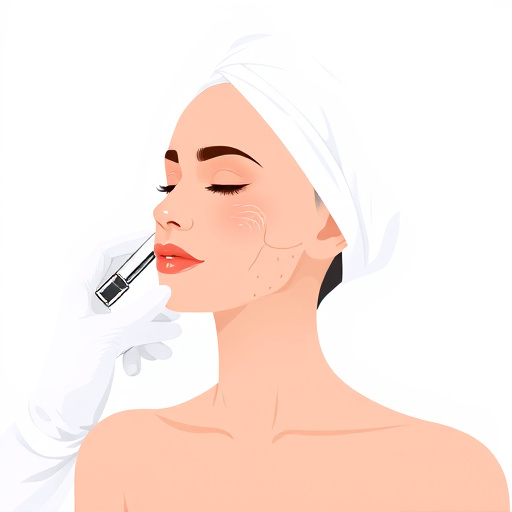
In addition to medical treatments, adopting a personalized skincare routine and making certain lifestyle changes can significantly aid in managing rosacea. Avoiding triggers such as hot foods, alcoholic beverages, and extreme temperatures is crucial. Sun protection is also essential; using broad-spectrum sunscreen with at least SPF 30 daily helps prevent flare-ups and reduces the appearance of broken capillaries. Some individuals benefit from additional therapies like laser hair removal, which can minimize facial redness associated with rosacea.
For those seeking more comprehensive solutions, skin brightening serums containing ingredients like vitamin C or niacinamide may help even out skin tone and reduce the visibility of rosacea-related pigmentation. Combining these strategies offers a multi-faceted approach to achieving clearer, healthier-looking skin.
Rosacea is a skin condition that can be effectively managed through a combination of topical treatments, lifestyle adjustments, and additional therapies. By understanding the causes and symptoms, individuals can select the best rosacea treatment options for their specific needs. Topical medications and laser therapy have proven successful in reducing bumps and broken capillaries, while dietary changes and stress management can further combat flare-ups. Incorporating these strategies into a holistic approach allows for significant improvements in skin health and appearance, providing long-lasting relief from the effects of rosacea.




